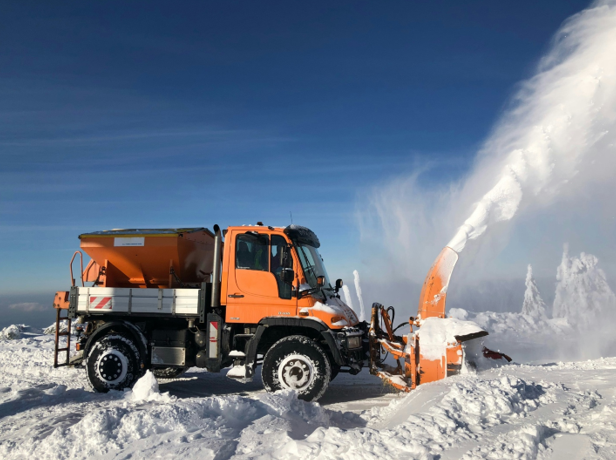Fall and winter bring inclement weather locally and globally. With their arrival comes a reminder for logistics and supply chain managers to proactively prepare for an increased risk of damage, loss, and operational delays. As climate change continues to alter weather patterns, it is more important than ever to manage assets in a preventative manner wherever possible. Weather is unpredictable and costly, no matter the industry. In the oil and gas sector, bad weather can disrupt everything from ship routes delivering crude products to evacuating drilling platforms and closing refineries. Almost half of all construction projects worldwide are delayed by adverse weather conditions, representing significant revenue loss.
Operating safely in extreme weather conditions calls for rugged asset trackers that can withstand the elements that accompany it. Based on the resulting knowledge, companion software enables five best practices for the asset management components of your risk management plan:
- Know where your assets are. Seems simple enough, but withstanding extreme heat, torrential rainfall, and hurricane winds requires thoughtful tracker selection to accomplish this best practice.
- Take proactive action by using tracker data trends to schedule pre-storm preparation maintenance before storm season hits.
- Understand evacuation routes, pinpointing field assets in high-risk zones to ensure safety or relocate for proper shelter/storage.
- Schedule post-storm assessment as quickly as possible to reduce down-time, secure the site, and verify asset locations in case of incident claims.
- Review your preventative maintenance schedules. After assessing any damage and returning to normal operations, it’s a good time to review and adjust schedules for damaged or new equipment onboarding.
In 2024 (as of November 1), there have been 24 confirmed weather/climate disaster events with losses exceeding $1 billion each in the United States alone.
Companies operating despite these environments provide a great example of utilizing asset tracking to pinpoint equipment location regardless of weather condition. Satellite communications, geofencing, and mobile capabilities drive risk strategy for assets at 40-year strong Garner Environmental Services. With a Geoforce solution, Garner has a clear picture of their assets’ whereabouts when they’re deployed in emergency situations such as the aftermath of disasters including Hurricane Katrina, Hurricane Michael, and many more.
Geoforce asset trackers are a fundamental part of Garner’s risk management strategy. Geoforce software delivers hand-held asset intelligence through custom-designed dashboards that provide asset visibility and data insights.
Geoforce tests our tracking devices with HALT methodology to ensure safe and reliable operation, even in the harshest environments, inclement weather included. Schedule a demo today to get proactive about inclement weather season!
Publisher: Source link











